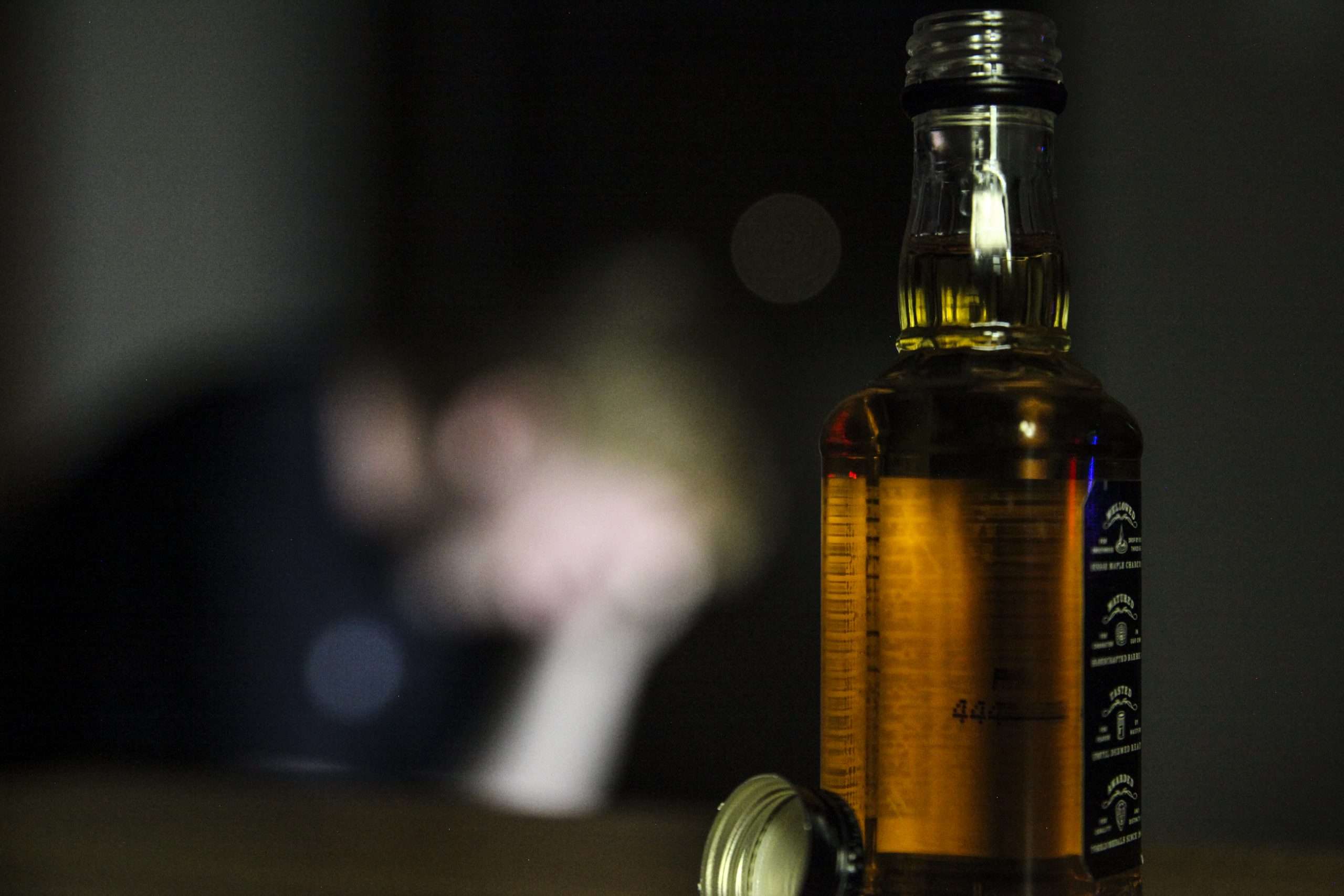The Diagnostic and Statistical Manual of Mental Disorders Fifth Edition — DSM-5 for short — is published by the American Psychological Association (APA), and it is used for diagnosing and classifying mental disorders.
Mental disorders like substance abuse can’t be diagnosed through a blood test, X-ray or some other laboratory test the way that conditions like diabetes, cancer, heart disease, and the thousands of other physical ailments are diagnosed.
Related: Detox Orange County
So, the APA created this manual in 1952, and we have been using it since then to identify symptoms so we can diagnose and treat a variety of mental disorders, including substance abuse and addiction. This most recent update, published seven years ago in 2013, was the culmination of 14 years of research and debate, involving more than 1,500 mental health experts from 39 countries.
What DSM-5 means for your addiction treatment team
Your doctors and addiction treatment team use the information in the DSM to make diagnoses so we can prescribe treatment. The information in the DSM is based on data, trials, and extensive research. Although the DSM standardizes the diagnosis and treatment process, that doesn’t mean diagnosing and treating substance use disorders is one-size-fits-all. In fact, many times there are multiple factors that contribute to someone’s substance abuse — illness or injury, depression, or PTSD for example.
For those of us who treat substance abuse and addiction, the DSM-5 updates were significant. One of the biggest changes to the manual is that it has become a “living document,” which means it can be continually edited and updated (and it has — there have been updates to the DSM in 2016 and 2017). So as our community learns more about addiction, substance use and abuse, we can update the guidelines.
What DSM-5 updates mean for you, the patient
For patients, the DSM-5 update was significant too. Some disorders were added or expanded, which helped insurance companies recognize them as medical diagnoses so they will cover their treatments. For example, post-traumatic stress disorder, which can contribute to substance use disorders, was expanded to include other types of trauma beyond combat.
DSM-5 Substance Use Disorder Specifiers
DSM-5 combines substance abuse and substance dependence into one disorder — substance use disorder — and adds a continuum from mild to moderate to severe based on 11 symptoms. Someone with mild substance use disorder will have two to three of the 11 symptoms, for example.
11 diagnostic criteria for a diagnosis of substance use disorder are:
- Hazardous use: You’ve used the substance in a way that’s dangerous to you or someone else; you’ve overdosed or blacked out; or you’ve driven under the influence.
- Interpersonal problems: Your use of the substance has led to social problems, relationship problems, or conflicts with other people.
- Neglected responsibilities: Because of your substance use, you’ve failed to meet responsibilities at home, school, or work.
- Withdrawal: When you stop using the substance or substances, you experience withdrawal symptoms.
- Tolerance: You have to use more of the substance to sustain the effect because you’ve built up a tolerance to it.
- More/longer: Your use of the substance has increased, and you’ve been using for longer time periods.
- Failed attempts to quit: Your attempts to cut back or stop altogether have been unsuccessful.
- Time: A lot of your time is spent using the substance.
- Mental and health problems: You have physical or mental health problems because of your use, such as liver disease, lung cancer, depression, anxiety, etc.
- Abandoned interests: You gave up hobbies or interests because of your substance use.
- Cravings: You crave the substance.
The fifth edition of the DSM also creates 10 categories of substances:
- Alcohol-related disorders
- Caffeine-related disorders
- Cannabis-related disorders
- Hallucinogen-related disorders (including PCP and other drugs)
- Inhalant-related disorders
- Opioid-related disorders
- Sedative-, hypnotic-, and anxiolytic-related disorders (anxiety-related drugs)
- Stimulant-related disorders
- Tobacco-related disorders
- Other substance-related disorders
The last category — “other” — is significant because it allows for the addition of substances that don’t fit into the other categories — designer drugs, synthetics, and yet-to-be-identified drugs.
If You Have an Insurance Question
If you have a question about your insurance coverage and whether you have an addiction or an issue that would be covered under the DSM-5 substance use disorder definition, reach out to our team. We have been working with individuals and their insurance companies since the mid-1980s.
Let our team take care of the insurance details, so you can focus on your road to recovery and wellness. We are available 24 hours a day, no matter where you are in California or anywhere in the U.S.
Contact Cornerstone of Southern California today.






